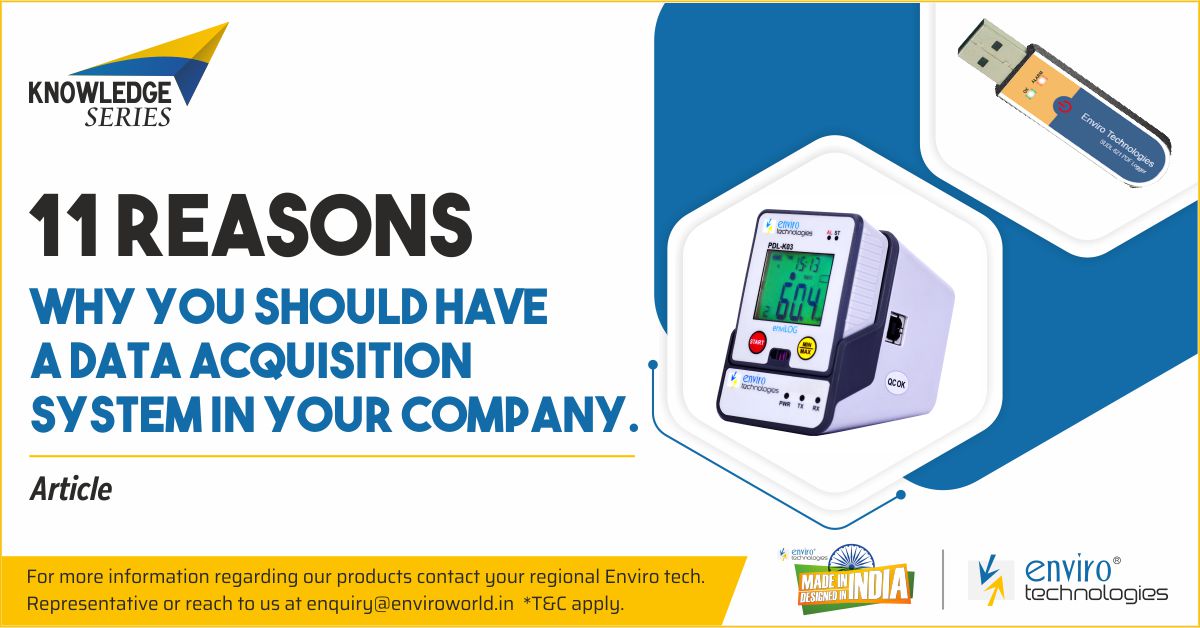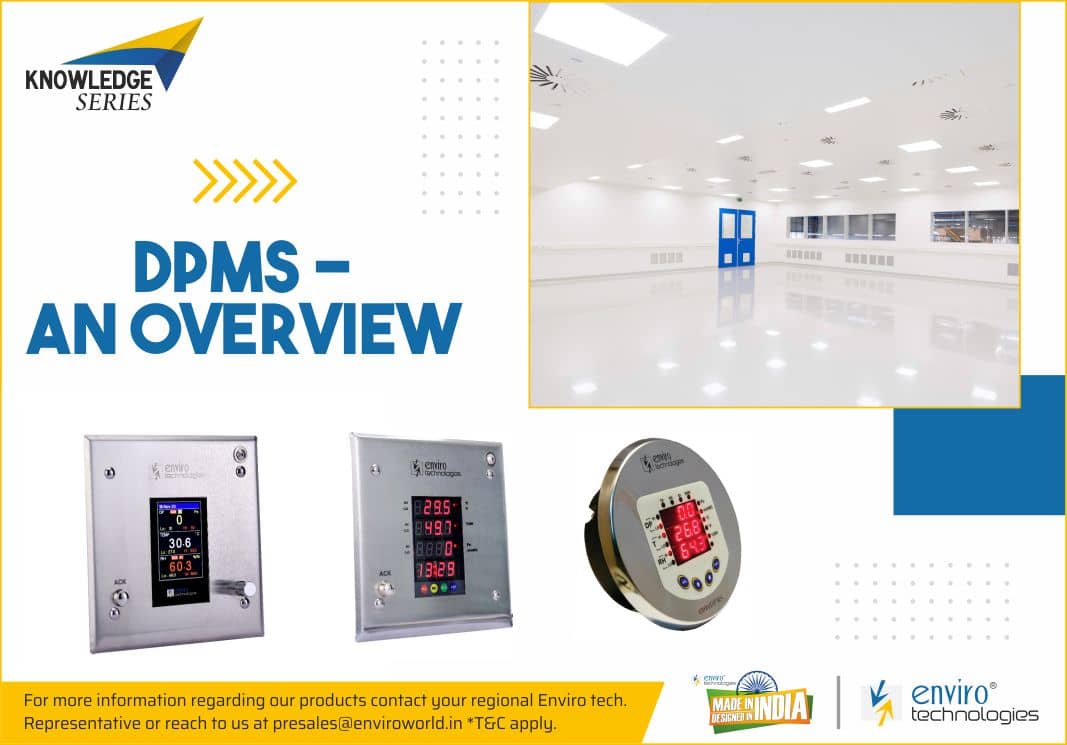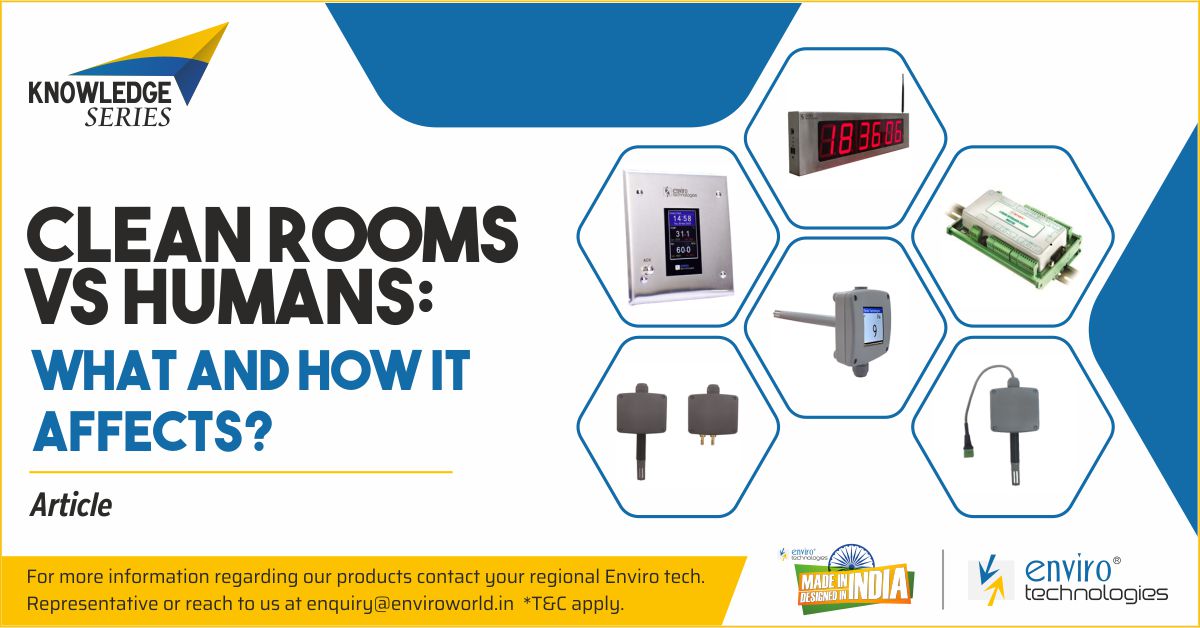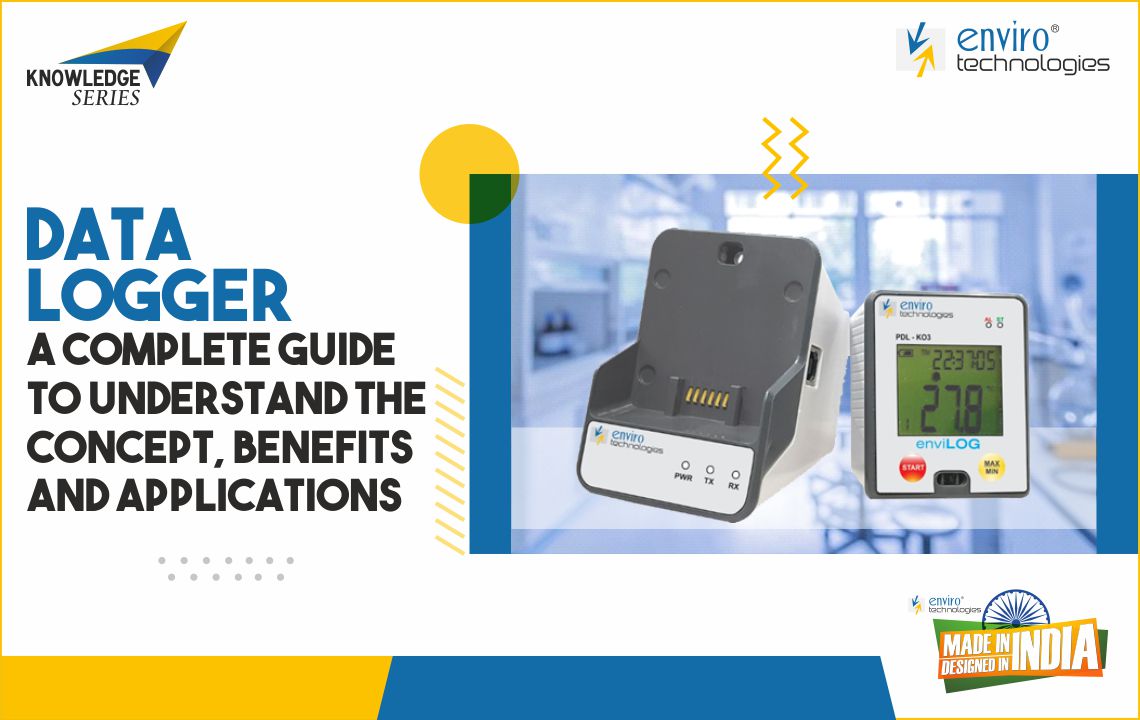Data has changed the face of industries, especially in the 21st century. Because the number is easily obtained and analysed, it can be used to fill in the gaps in the companies' limitations. Hence, increasing the turnover for the company. Once the company can gather the real data and conduct an analysis correctly, the number of production increases, as well as losses incurred, are reduced. For example, if the device can identify a decrease in the humidity in a storage room and automatically switch on a humidifier, the product being stored is saved from getting spoiled.
Apparently, there is a high need for sensors and resources that enable us to convert the real data into a digitalized form that can be understood by any computer. Later, the same data can be analysed by computer to provide a real-time solution to enhance the volume of the business.
The process by which the data is converted into a digitalized form is known as data acquisition, abbreviated as DAQ. This process is beneficial as the information can be presented, analysed, and stored on the computer. Thus, aiding the company to make sounder decisions about the growth of the company. The procedure to convert the real data into a digital form is obtained with the help of a data acquisition system.
What is a Data Acquisition System?
A data acquisition system is a process of collecting information about a company’s data and keeping a record of it to analyse it further. An individual recording the temperature of the storage cabinet of medicines on paper is performing data acquisition.
With the evolving technology, the entire process of data acquisition has become more relaxed and can be performed easily. It is also adaptable and reliable and more precise than using electronic devices.
Various devices are available to obtain data from the company. As compared to previous systems, the new evolved systems that have made the process easier are a simple data logger or a computer system. Today, smartphones can also act as portable data acquisition systems.
The data acquisition system acts as a central executive. It links a wide range of products that includes sensors and other information devices, and collects displays, and saves that information.
A data acquisition system contains three main elements that are: a sensor, a signal conditioner, and an analog-to-digital converter, or ADC Analog-to-Digital Converter.
1. Sensor: A sensor is a device that is also known as a transducer. It is the one that helps to convert conditions of real-time, like humidity or temperature, into an electrical signal that can be computed and assessed using a computer.
2. Signal conditioner: A signal conditioner is a device that screens the analog signals identified by the sensor before transforming them into digital information. The signal can be augmented, reduced, isolated, filtered, or calibrated. The information that is collected from the real-time environment can be very noisy and pose harm. Therefore, it is required to be filtered before treatment.
3. Analog to digital signal converter: The most important element in the data acquisition process is analog to the digital signal converter. It is a microprocessor that converts the signal secured from reality into information that can be decoded by the processor. The obtained data is transferred to a computer for further analysis.
What Does a Data Acquisition System Measure?
Data acquisition systems primarily measure physical phenomena like temperature, weight, humidity, current, distance, voltage, pressure, shock, vibration, strain, displacement, discrete events, angles, and so on. There are several other phenomena like speed, light, mass, images, sound, and position that can be quantified by data acquisition systems.
Types of Data Acquisition Systems
There are a varied number of data acquisition systems to select from:
Data Logger
Data loggers are portable devices that are used by companies to monitor and store data in a facility over a period of time. The data measured pertains to voltages, humidity, temperature, currents, and other phenomena of interest.
A data logger is a self-sufficient data acquisition system that has an integrated processor and pre-defined software planted in the unit. They can work as a piece of independent equipment. They are famous for their features of portability and ease of use for a particular task.
The data loggers have a storage system to store the data and a few also include an option for additional SD slots to enhance memory. Web-enabled data loggers can be designed and data can be shared over a network. Some data loggers are battery-powered for added portability.
Data Acquisition Devices
A data acquisition device like USB, Ethernet, PCI, and so on consists of signal conditioning and a convertor for transforming analog signal to digital signal. Nevertheless, it requires to be connected to a computer to work. A data acquisition system is very adaptable. It can be used for application in many areas that make it famous.
Users of plug-in technology have an option of using either pre-determined data acquisition software, like DAQami™, or they can use a programming environment, such as Python™, C++®, MATLAB®, NI LabVIEW™, and DASYLab®. With diverse BUS choices and the flexibility to use your favored software, data acquisition devices propose a hand-tailored solution for your exclusive application.
Data Acquisition Systems
Modular data acquisition systems are premeditated for high-channel consideration and intricate systems that want to combine and coordinate numerous types of sensors. These systems are more complicated to combine and use, but they are tremendously flexible. They are high-priced data acquisition devices. Regardless, they provide a vast number of applications, and their features are exclusive.
11 reasons why you should have a data acquisition system in your company
Data acquisition systems are highly important in a variety of areas like industries, civil engineering, health science research, and so on. All of these areas use data acquisition systems as it is beneficial for them. Below are 11 reasons why you should have a data acquisition system in your company:
Data loggers also promote saving costs across the subsequent minor avenues like saving the cost on double reading, allows free up-gradation of firmware, has long battery life and backup, and a vast amount of space availability in internal memory.
1. Improves the efficacy and dependability of processes or machinery.
Metal mills, utilities, or research laboratories have installed some kind of data acquisition device that noiselessly examines some parameter. The data that is collected can be used to advance efficacy, guarantee trustworthiness, or guarantee that machinery operates carefully and securely.
2. Problems are investigated and resolved quickly.
In the real-time data acquisition system, the measurements of data can be produced and displayed quickly. Thus, it aids a technician to think and act immediately in case of any problem and enables the machine to attain its best performance in a short period.
3. Reduction in update errors.
The data that is collected by the data acquisition system is automatically processed. In turn, this reduces the chances of error by eradicating human error and misplacement.
4. Improved data integration and dependence on other programs.
The fewer the programs that interfere, the better the agility of the process. The data acquisition system makes sure that the data received is complete and correct without depending on other types of applications.
5. Better access to data for users through the use of host and query languages.
It is simple to access the database and recover data for further treatment and analysis with the help of a data acquisition system.
6. Improves data safety.
The process of data acquisition is automatic, therefore, there is no involvement of humans, and the safety risks related to this procedure are decreased.
7. Data entry, storage, and recovery costs are diminished.
Entering the data, storing it, and retrieving it has become easier and faster. Along with this, it is cheaper, takes minimal memory space, and can be recovered smoothly.
8. Quality control.
A data acquisition system aids in guaranteeing that the company is meeting the specifications of the design. Consequently, it meets the needs of the user. Additionally, it can be examined if the product has the quality necessary for the market and identify any sorts of faults.
9. Management of processes without human interaction.
The company’s need for additional personnel is reduced as the data acquisition system manages the process and requires no human interaction.
10. Improved performance
A data acquisition system helps the company acquire real-time data that impacts the performance by enhancing it. They play a vital role in maintenance in industries, research, and other areas. The major focus of the data acquisition system is to gather and examine the data based on the need of the company.
Conclusion
A data acquisition system enables the company to acquire important information from real-time environments to advance the company's performance as well as enhance its benefits. It also provides better control over the company’s processes and quick response in case of any failures. Thus, data acquisition systems are a worthy investment for any company.




















